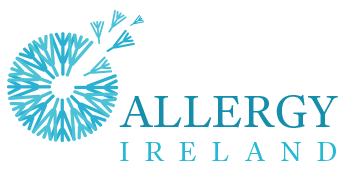Nasal Endoscopy
This is a medical procedure that is used by our doctors to view the inside of the nasal passages using a thin, flexible tube with a light and camera on the end, called an endoscope. This procedure is also known as rhinoscopy. The endoscope is carefully inserted into the nose, transmitting images to a monitor, which provides a detailed, magnified view of the nasal structures.
What it is used for
Nasal endoscopy is a valuable diagnostic tool for evaluating nasal and sinus conditions. It allows for the direct visualization of areas that are difficult to see with a standard nasal examination. It can help diagnose:
- Chronic rhinitis: This is inflammation of the nasal lining, which can be caused by allergies (allergic rhinitis) or non-allergic factors (non-allergic rhinitis). The procedure helps the doctor identify the specific type and severity of inflammation.
- Nasal polyps: These are soft, painless, non-cancerous growths that hang down from the lining of the nose or sinuses. An endoscopy can precisely locate and assess the size of these polyps.
- Deviated septum: A septal deviation occurs when the thin wall (septum) between your nasal passages is displaced to one side. This can obstruct airflow and lead to breathing problems. The endoscope provides a clear view of the septum's position and the extent of the deviation.
- Sinusitis: It helps identify inflammation and swelling adjacent to the sinus openings, which can impact upon the drainage of the sinuses and lead to pressure, pain and bacterial sinus infections.
- Tumors or foreign bodies: The procedure can also be used to detect foreign objects within the nasal cavity.
Benefits of the Investigation
- Accuracy: It offers a highly accurate and detailed diagnosis, leading to a more effective treatment plan.
- Minimally Invasive: It is a quick, in-office procedure that typically takes only a few minutes and is generally not painful.
- Immediate Results: The doctor can provide an immediate assessment of the nasal passages and discuss the findings with you right away.
- Monitors Treatment: It can be used to monitor the effectiveness of treatments and the progression of chronic conditions.
What to expect
A nasal endoscopy is a quick and generally safe procedure used to examine the nasal and sinus passages.
- Preparation: You usually don't need to do anything special to prepare. You can eat and drink as you normal.
- Decongestant Spray: These sprays are sometimes used to reduce mucous membrane swelling for the purposes of the examination. The effects are temporary and wear off within hours.
- Position: You will be seated upright in an exam chair and you will be able to view the findings on a computer screen placed front of you.
- Insertion of the Endoscope: The doctor will gently insert a thin, flexible tube called an endoscope into each of your nostrils. The endoscope has a light and a tiny camera at the end, which projects images onto a screen for the doctor to see.
- The Sensation: The procedure itself is not typically painful, but you may feel some pressure or discomfort as the endoscope moves through your nasal passages.
- Duration: The entire procedure is very quick, usually lasting only a few minutes.
- Results: The doctor will discuss the findings with you immediately after the procedure and formulate a treatment plan.

